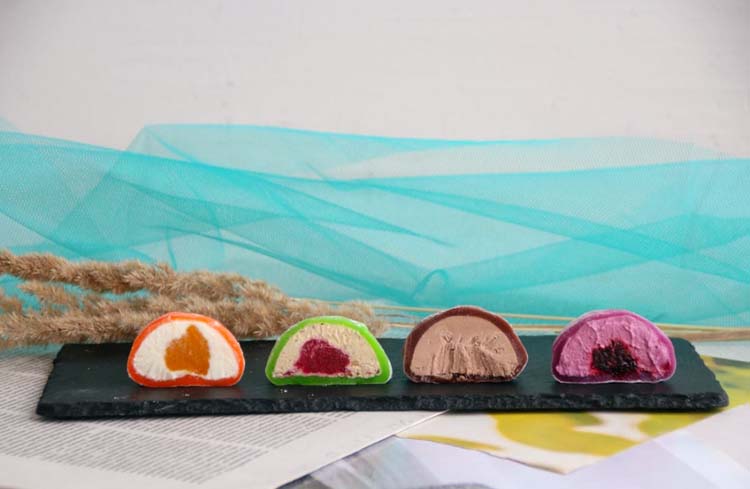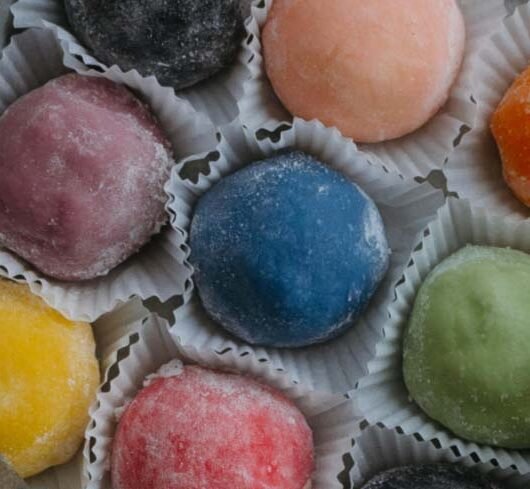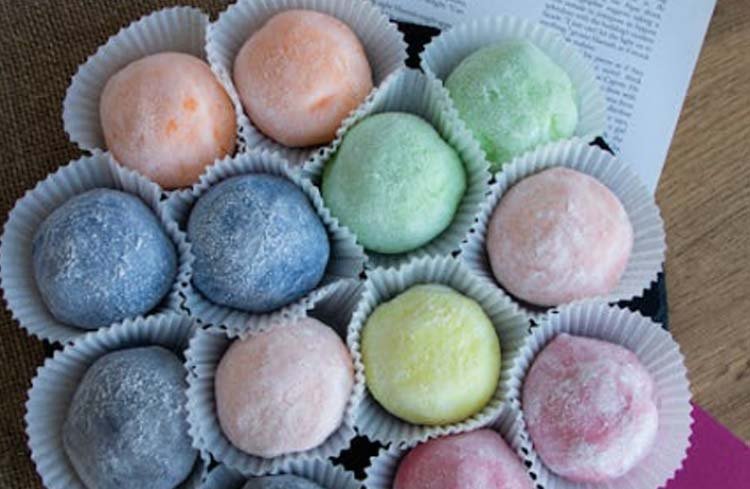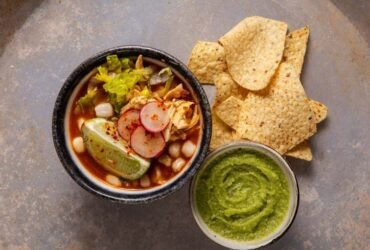Welcome to the world of Japanese sweets with our exciting recipe for homemade Mochis! Immerse yourself in the delicate and delicious experience of making your own mochis, an exquisite Japanese dessert that captivates with its soft texture and irresistible flavors.
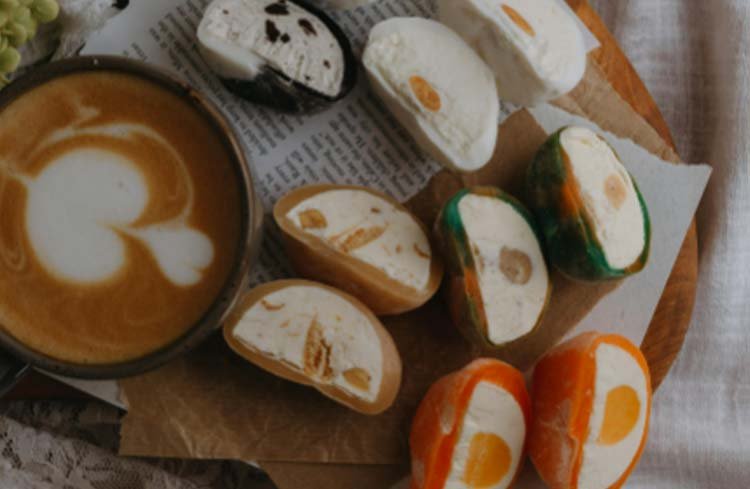
Mochis and health benefits
Mochis, like many foods, may have some health benefits depending on the ingredients used and the amount consumed. Here are some aspects that could be considered beneficial:
- Low in fat and calories: If prepared in moderation and with low-fat, low-calorie ingredients, mochis can be a lighter dessert option compared to other more calorie-dense sweets.
- Gluten and dairy free: The basic version of mochis, made with glutinous rice flour and water, is naturally gluten- and dairy-free, making them safe for people with food sensitivities or intolerances.
- Healthy filling options: You can choose to fill your mochis with healthier ingredients, such as fresh fruits, which provide nutrients such as vitamins, minerals and fiber.
- Controlled portions: Being small individual portions, mochis can help you control portions and avoid overconsumption of sweets.
- Versatility in ingredients: You can adapt the mochis recipe to make it healthier by choosing high-quality ingredients and low in added sugars, saturated fats, and sodium.
- Vegan alternatives: By making vegan mochis, you can avoid the consumption of animal products, which can be beneficial for those who follow a vegan or vegetarian diet.
However, it is important to remember that mochis, especially when consumed in excess or when filled with ingredients high in sugar or fat, can contribute to excessive caloric intake and dietary imbalances. As with any food, it is recommended to enjoy mochis in moderation as part of a balanced diet and healthy lifestyle.
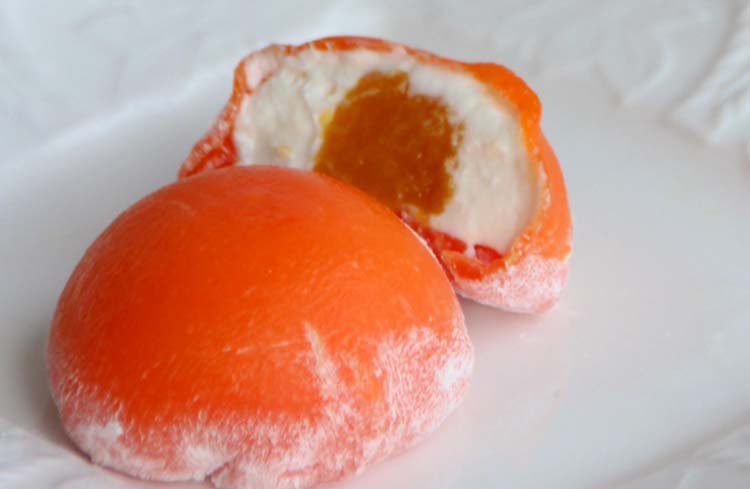
History of the Mochis
The history of mochis dates back to Japan, where these traditional sweets have been appreciated for centuries. Here is a summary of his story:
Origins: Mochis have their roots in the Heian period (794-1185 AD) in Japan. Originally, they were prepared as offerings in religious rituals and festivals, and were considered a sacred food.
Development: Over time, mochis began to become popular as a sweet consumed throughout the year. They were prepared on special occasions and shared with friends and family at celebrations such as the Japanese New Year (Oshogatsu) and the Girls' Festival (Hinamatsuri).
Traditional process: Preparing traditional mochis involves cooking and then pounding glutinous rice into a sticky dough. This dough is molded into small balls and often filled with sweet bean paste (anko), fruit or ice cream.
Modern evolution: Over time, mochis have evolved and adapted to different tastes and preferences. Today, you can find a wide variety of mochi flavors and fillings, from classic anko to more modern options like chocolate, matcha, and more.
Global Popularity: In recent decades, mochis have gained popularity around the world, thanks to the growing fascination with Japanese food and the availability of mochi-making ingredients in international stores and online.
In short, mochis have a long history in Japan, where they have been appreciated as part of culinary and traditional culture for centuries. Today, they continue to delight people of all ages in Japan and around the world with their sweetness and smooth texture.
Maybe you might like: Spinach Cream
Image credit: Pexels


